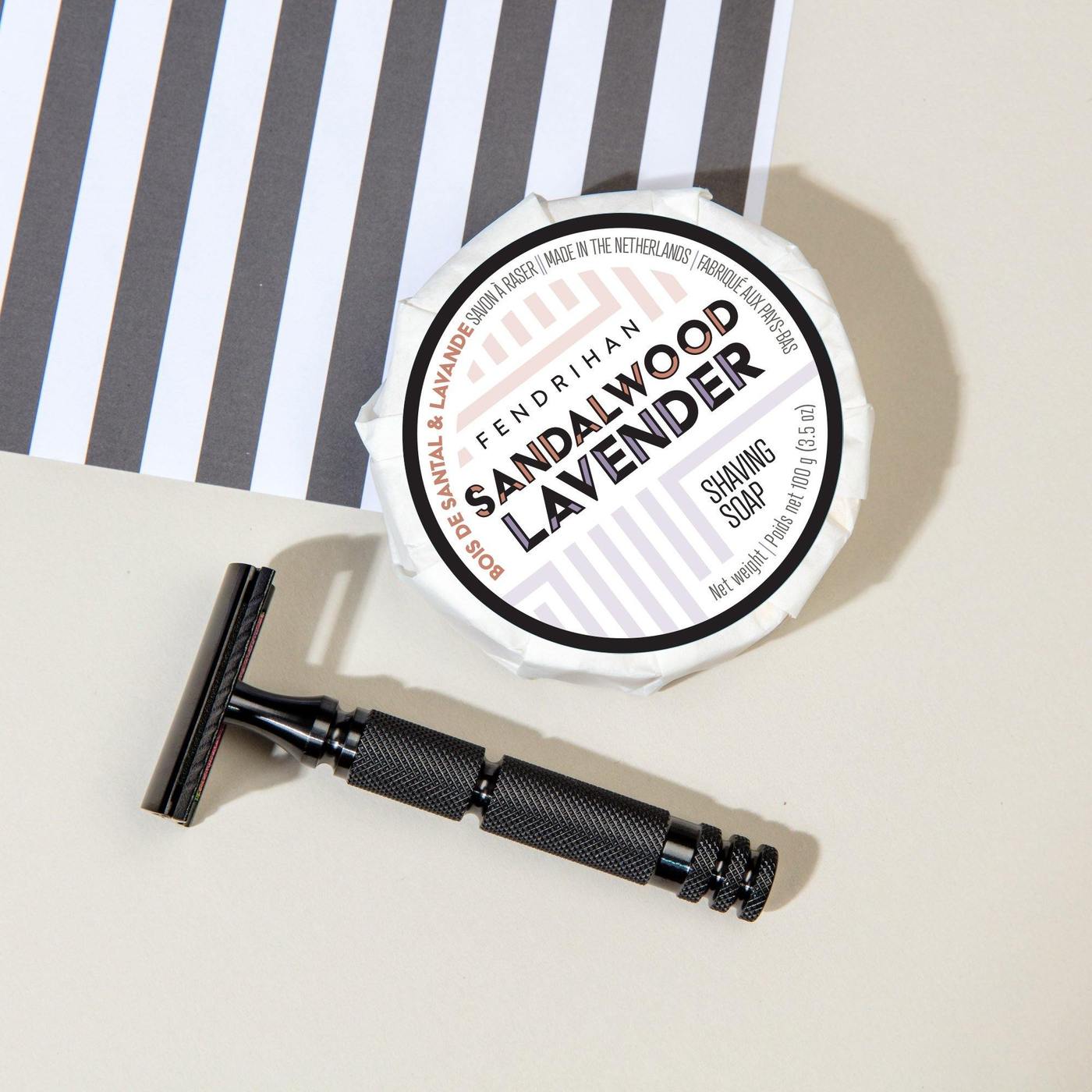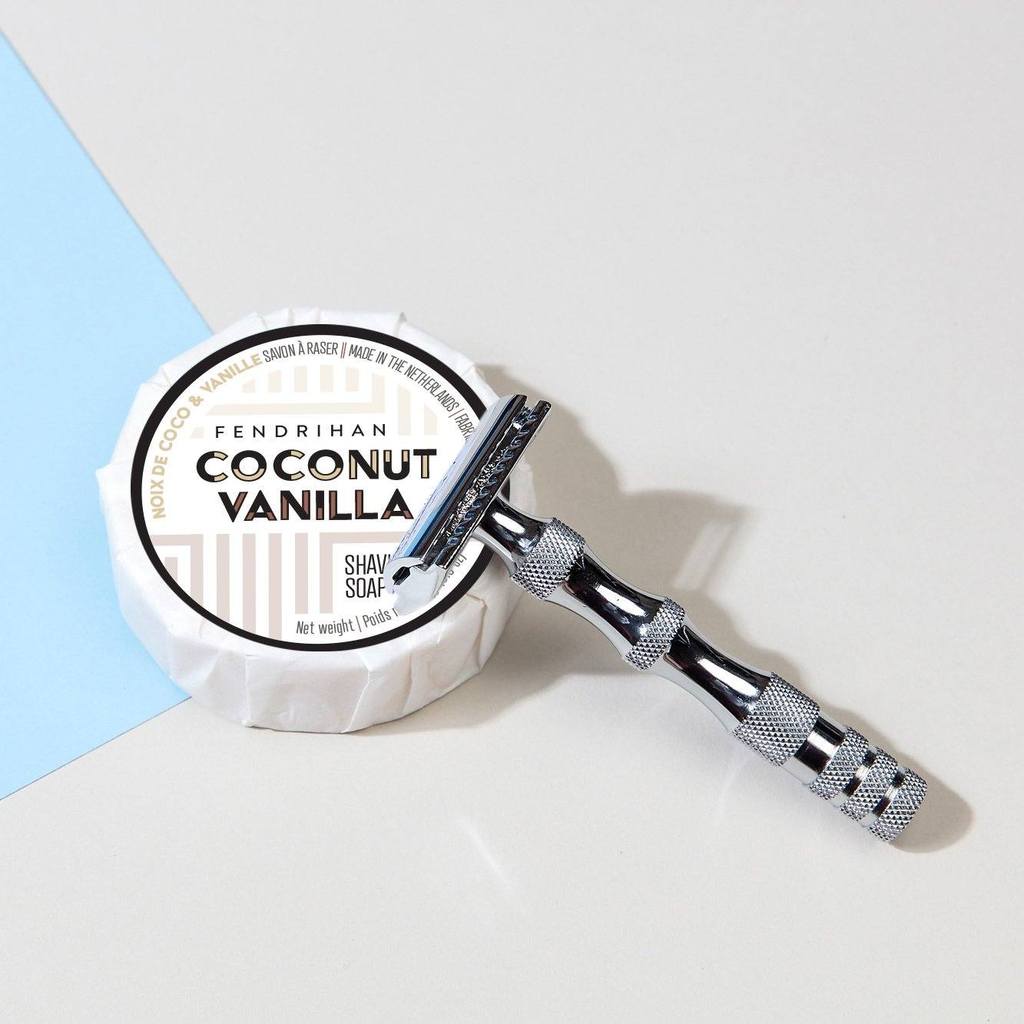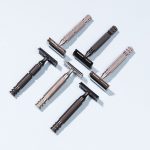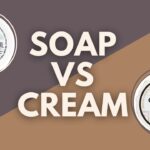If you’ve ever tried to substitute a regular soap bar for shaving soap, you’ve probably quickly noticed some inconsistencies. To be clear, shaving soap and bar and body soap are NOT the same!
Shaving Soap
Shaving soaps have a few key qualities that distinguish them from regular body soap. A lush lather, rich lubrication, and stability are a few things to look for in a shaving soap. Since they are designed to lubricate skin, shaving soaps help a razor glide more easily across skin than a regular soap wood. Higher quality soap will also be triple-milled; formulation process helps generate a richer, more profuse lather.
Fun Fact: The oldest known shaving soap dates back to 1840. This original model was thought to be a hard puck, which later led to the development of a shaving stick.
The ingredients found in shaving soaps also help differentiate them from bar soap. To increase lather, a number of ingredients are added to shave soaps and creams including sodium hydroxide (lye), potassium hydroxide (potash lye), tallow, palm oil, and coconut oil. These additives ensure the lather is lush and lubrication and hydration are rich. Whereas bar or bath soap can leave skin dry, shave soap usually provides enough moisturization to prevent that dryness feeling post-shave.
RELATED: Shaving Soap vs. Shaving Cream
Bar and Body Soap
Formulated to cleanse and remove dirt, oil, and bacteria, bar and body soap lack the lubrication and lather found in shaving soap. Since the primary focus of these soaps is to cleanse, they lack the added ingredients that hydrate and lubricate skin.
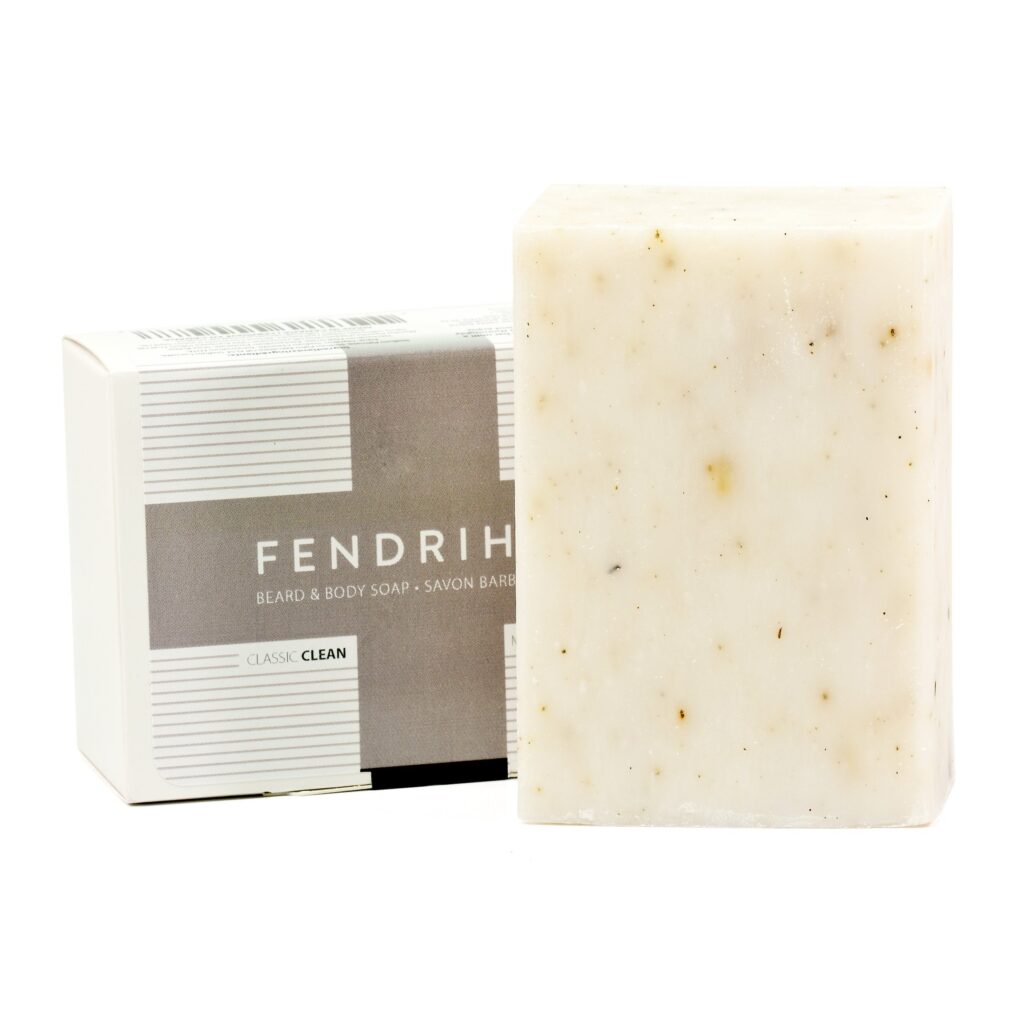
As a result, bar and body soap increases the risk of irritation during and after a shave and skin will not retain hydration like it does with shave soap.

